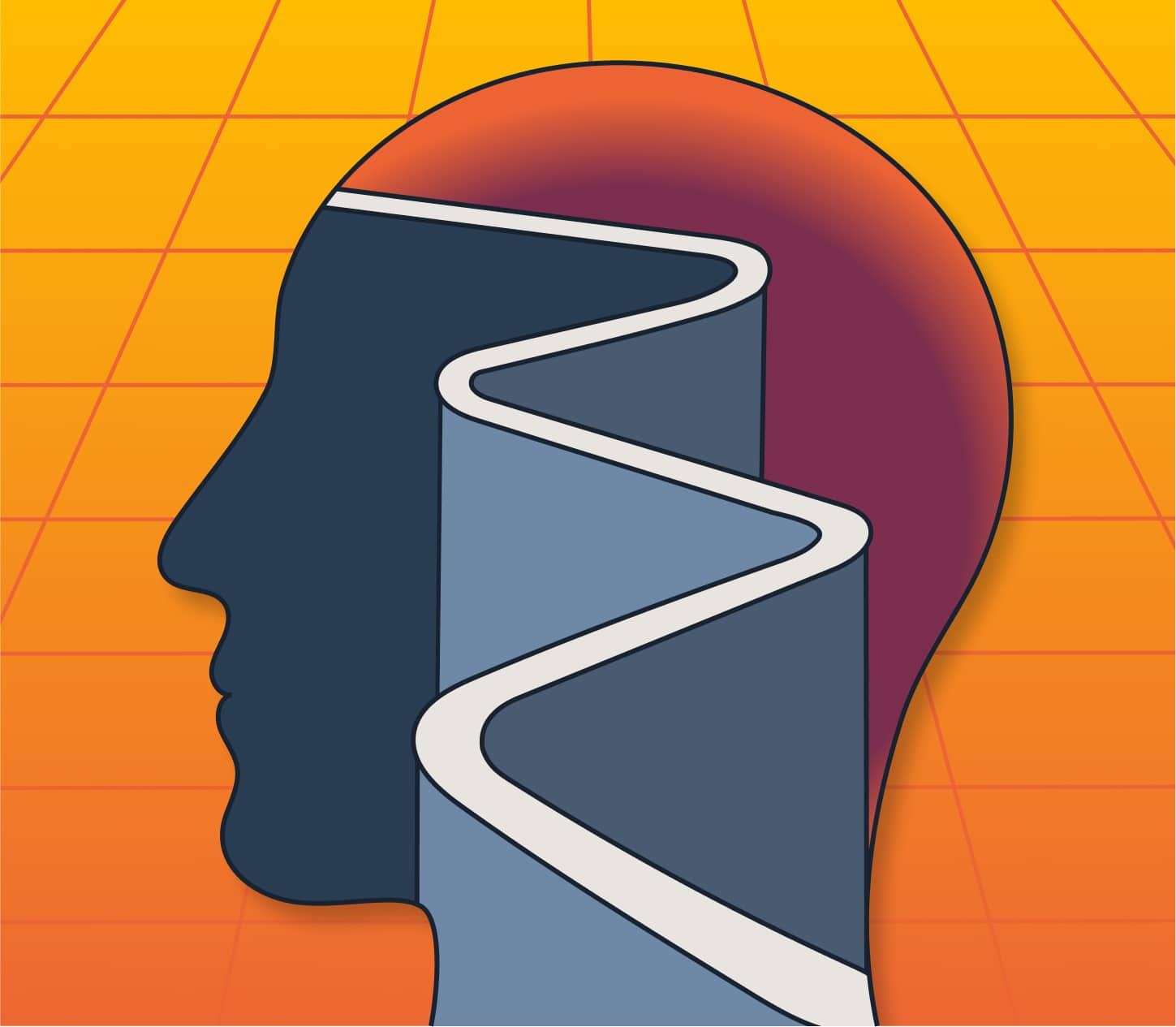
I recently wrote about how trust is the hardest part of building software, and building software is really about organizational transformation. Digital transformation in most organizations is stifled, not by any nefarious forces, but instead by simple organizational inertia.
“We don’t do it that way.”
– Lots of people
But we can’t just give up. We have to start somewhere, and unfortunately we can’t start with trust. Trust has to be built. The good news is that good design and trust are built in the same way: by understanding people.
Understanding People To Transform the Environment
At its core, human-centered design is about understanding people. It’s about solving problems by observing people and interacting with them to understand their needs and behaviors within a particular context.
As you can imagine, that process is often tricky, especially when you’re talking about processes and systems that span a multitude of people and departments. It’s human nature to get overly fixated on our part of the picture, biased by our own motivations, thereby envisioning the outcome differently.
This is why the human-centered design process exists. Everyone has such different and sometimes opposing needs, so you have to truly understand people to bring them all together and solve problems.
It Seems So Obvious
The idea of approaching design in a human-centered way seems so obvious, but most software isn’t built that way. It is getting better, but much of the software we use was designed around features and how the data is stored. Think about the software you use that:
- Has a hundred fields but you only use two.
- Looks like a paper form that was copy and pasted into a browser.
- Requires you to click through five different screens to accomplish a simple task.
- Hides functionality that is critical to your work behind layers of menus and options.
- Requires you to email people to let them know that you just updated something in a system. (Isn’t this what I have a computer for?!)
- Shows you hundreds of data points that you have to dig through to find the few that you care about.
The reality is that most software isn’t designed with a human-centered approach. It isn’t designed with an understanding of the people, processes, or environment in which it will be used.
This leads to software that slows people down, causes errors, hinders collaboration, and creates extra work… which are the very things we were told digital transformation was going to rescue us from!
Human-Centered Software Empowers
Software shouldn’t get in our way; software should empower us. Software should give our leaders better visibility, allow teams to more effectively communicate, guide teams through workflows that reduce errors, reduce duplicated efforts, and in general, lead to better outcomes.
But that isn’t possible without a strong understanding of how the software affects the people involved.
Reimagining The Digital Utility
Just imagine what your electric utility could be like if you had a project to build a new substation, and your planning team had custom software that fit their workflow perfectly that allowed them to pull in the project from the very first planning and feasibility studies to track:
- Deadlines, submission, and approval of a CPCN.
- Environmental impact assessments needs.
- Community hearings and engagement.
- Deadlines and submissions to local RTO/ISO, including generating some of the needed documentation.
- Progress of acquisition of right-of-ways.
- Submission to modeling teams for power-flow studies.
- Storing of one-lines and other project documents.
- Storing of project communications.
- Gathering needed approvals of one-lines and other documents.
- Tracking status of construction and energization.
Imagine if the system surfaced data to you when you needed it, showed you the projects that were most important to you, intelligently reminded you about looming deadlines, notified the necessary stakeholders at important points in the project, gathered needed approvals, and provided a single place to see the history of the project that didn’t involve having to dig through hundreds of email exchanges.
And to top it all off, if someone left your organization or moved to a different team, the person taking over this multi-year project would be able to drop in smoothly and know exactly where the project was and what needed to be done next.
Would that change your utility? That type of software isn’t just hypothetical. That’s the transformative software we are able to build through the power of human-centered design.
Loved the article? Hated it? Didn’t even read it?
We’d love to hear from you.

